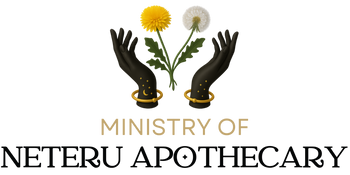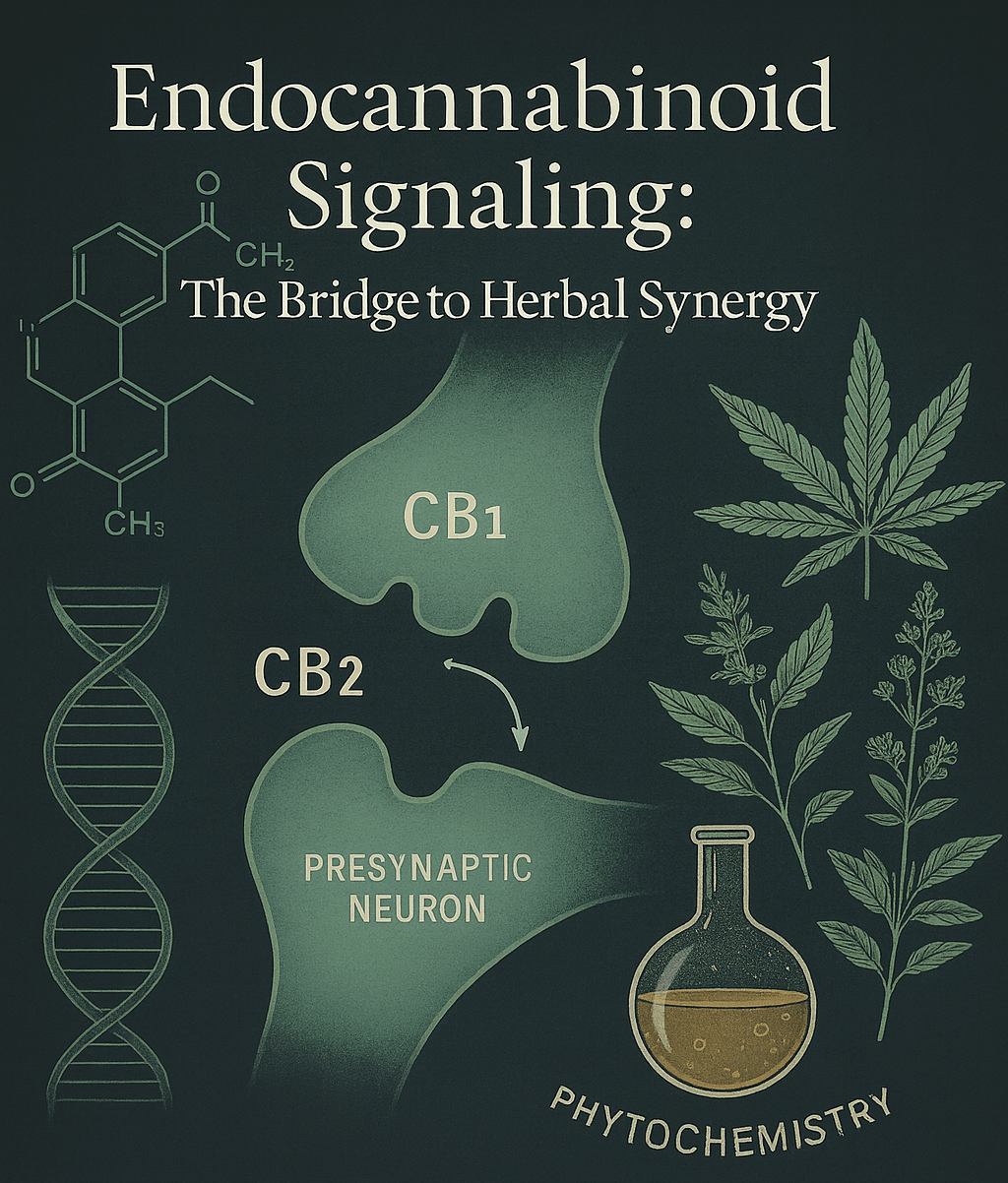Introduction
Plants are not just silent companions in our gardens; they are complex chemists. Through millions of years of evolution, they have developed intricate defense systems and survival strategies expressed in molecules we call phytochemicals. These compounds form a kind of biochemical language, one that humans have learned to interpret and apply for healing. Modern phytochemistry provides a scientific lens to explore how plants influence our bodies, while ancestral herbal traditions remind us that these compounds are not isolated chemicals but part of living, intelligent systems.
The Major Families of Phytochemicals
Alkaloids
Alkaloids are nitrogen-containing compounds known for strong physiological effects. From the pain-relieving morphine of the opium poppy to the stimulating caffeine in coffee, alkaloids demonstrate plants’ ability to alter human perception, energy, and healing. Their potency arises from interactions with receptors in the nervous system, making them central to both traditional remedies and pharmaceutical drug discovery.
Terpenoids
Terpenoids, also called isoprenoids, are built from repeating five-carbon units. They include compounds as diverse as menthol, essential oils, and the potent antimalarial agent artemisinin. Terpenoids often disrupt microbial membranes, making them effective antimicrobials, while others modulate inflammation and oxidative stress.
Polyphenols (including Flavonoids)
Polyphenols, such as flavonoids, anthocyanins, and tannins, provide plants with color, defense, and resilience. For humans, they influence pathways linked to inflammation, metabolism, and cardiovascular health. While often described as antioxidants, their most profound effects appear to involve cell signaling, gene regulation, and microbiome interactions.
Molecular Mechanisms of Healing
Phytochemicals operate as more than passive nutrients; they are active participants in our physiology.
· Alkaloids such as berberine regulate blood sugar and lipid metabolism, while quinine directly targets malarial parasites.
· Terpenoids like limonene and thymol show antimicrobial activity, breaking down bacterial biofilms and enhancing immune response.
· Flavonoids such as quercetin influence enzyme activity, inflammatory signaling cascades (like NF-κB), and vascular integrity.
These interactions show that phytochemicals are not “one-note” actors; they modulate complex systems in the body, often working gently but synergistically to restore balance.
From Herbalism to Modern Medicine
Many of today’s medicines trace their roots to phytochemicals:
· Paclitaxel, derived from yew tree bark, remains one of the most effective anticancer drugs.
· Artemisinin, from Artemisia annua, revolutionized malaria treatment and saved millions of lives.
· Digitalis glycosides, from foxglove, shaped the development of heart medications.
This history illustrates how phytochemistry bridges ancestral knowledge and modern biomedical science. However, challenges remain, bioavailability, dose standardization, and potential toxicity remind us why phytochemicals should be respected, studied, and integrated carefully.
Beyond Reductionism: Synergy and Wholeness
While science often isolates single molecules, traditional systems like Ayurveda, Traditional Chinese Medicine, and African herbalism emphasize polyherbal formulations. These combinations leverage synergy, where multiple compounds enhance each other’s effects or counteract side effects. Modern pharmacology is now beginning to validate this holistic principle.
For example, turmeric’s curcumin shows limited bioavailability on its own, but when combined with black pepper’s piperine, absorption dramatically increases. This reflects the wisdom embedded in long-standing herbal practices.
Conclusion
Phytochemistry reveals plants as eloquent communicators in molecules, a language that speaks directly to our cells, genes, and energy systems. Yet, these compounds are not meant to be understood in isolation, they are part of living organisms, embedded in ecosystems and cultural traditions. By integrating scientific rigor with ancestral wisdom, we unlock a more complete healing dialogue: one that honors the intelligence of plants and deepens our connection to the natural world.
References & Further Reading
1. Alkaloid overview – Wikipedia
2. Terpenoid pharmacology – PMC article
3. Flavonoids and human health – MDPI review
4. Phytochemical synergy in traditional medicine – Wikipedia: Secondary metabolites

